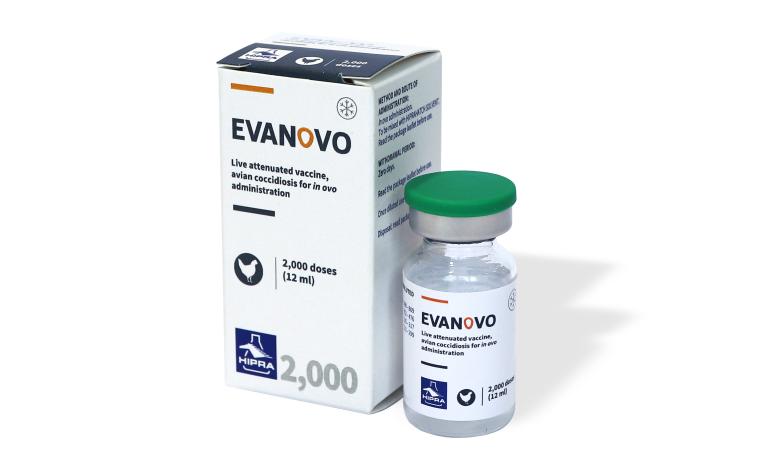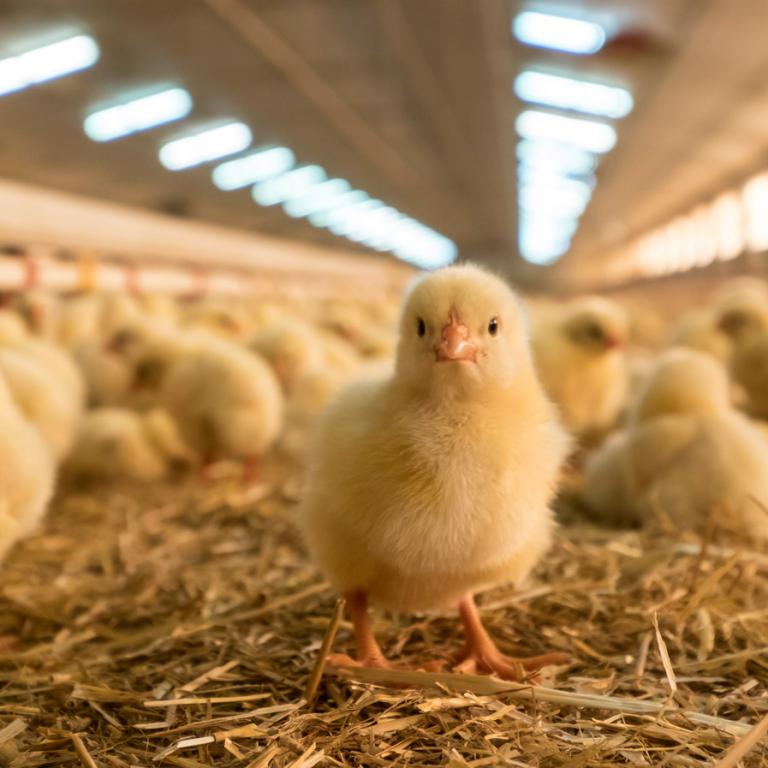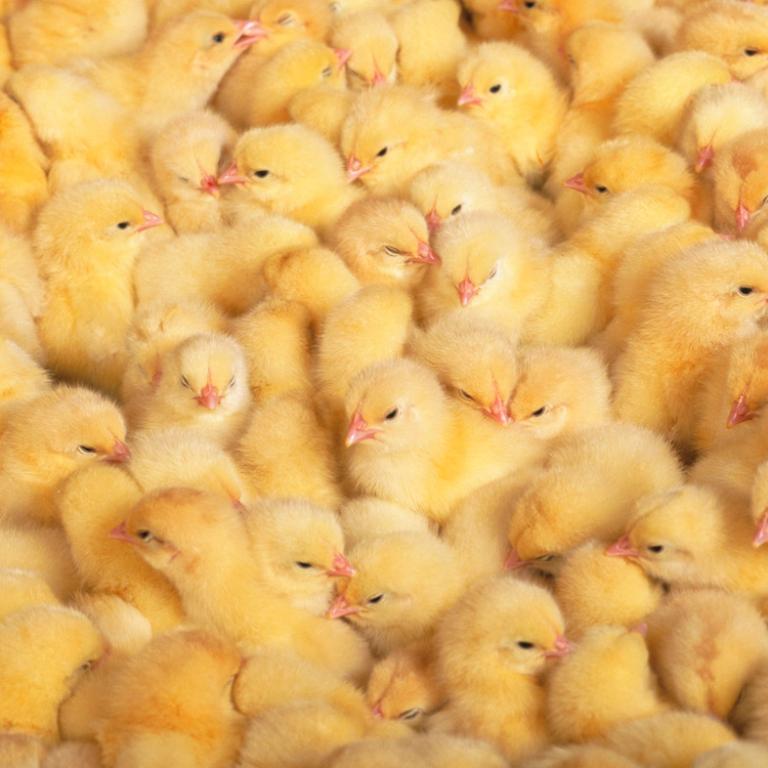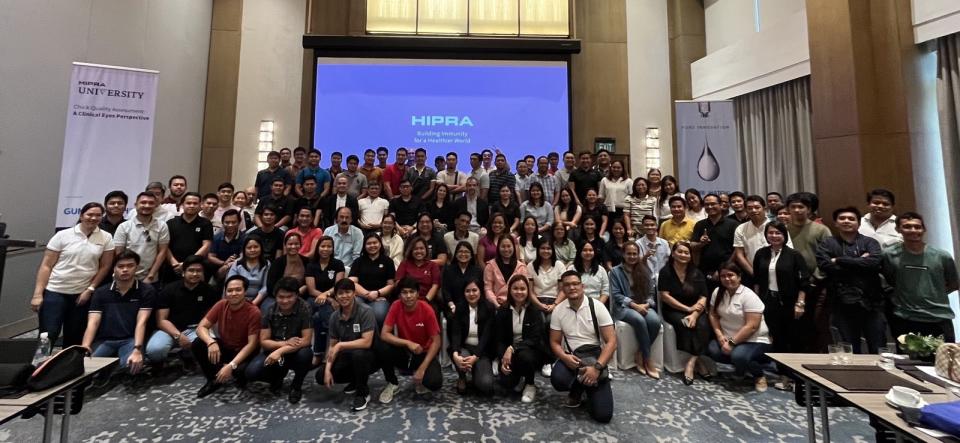The origin of what we know today as poultry farming can very probably be traced to South East Asia.
Charles Darwin believed that present-day hens come from a wild species of fowl known as “Gallus Bankiva”, which originated in a broad area of Asia extending from India to the Philippines, and which was first domesticated 7,000 years ago.















































